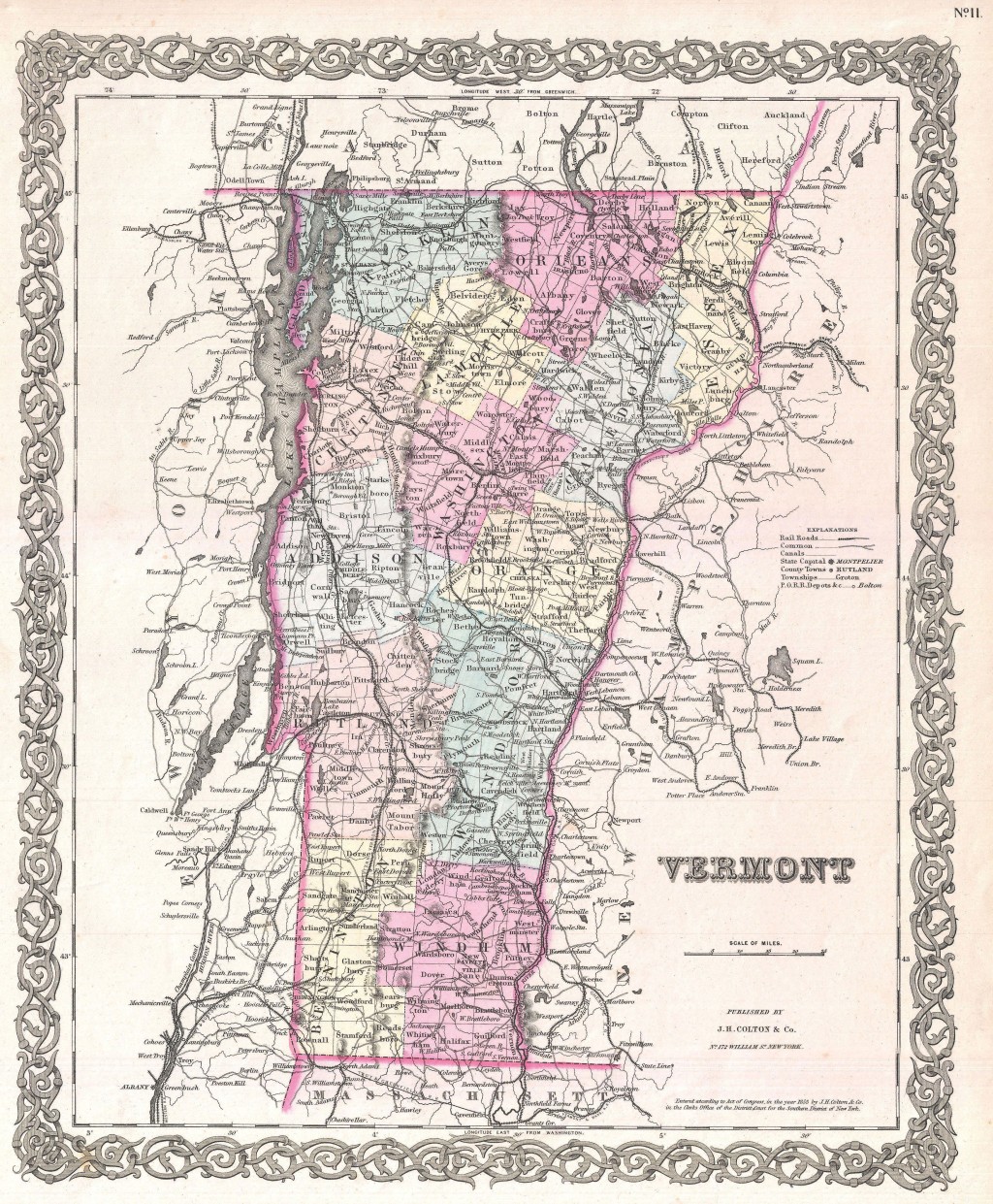You have free articles remaining this month.
Subscribe to the RP Witness for full access to new articles and the complete archives.
In the early years of American independence, eastern Vermont was one of the Reformed Presbyterian Church’s strongest regions, due to an unusual provision in state law. How did this occur?
In the 18th and 19th Centuries, RPs believed that there should be an RP state church: the government should formally support and promote (“establish”) a church that taught RP doctrine, and church and state should be linked by the same terms that had linked church and state at points in 16th- and 17th-Century Scotland. Many of the American colonies established churches, and some retained them after the Revolution.
Presbyterians were distributed nationwide, but sparsely enough that no state established Presbyterianism. Consequently, Vermont became attractive to Presbyterians, including RPs, because it permitted local establishments. Instead of establishing a single church statewide or prohibiting all establishments, Vermont law permitted each town to establish its own church, and some established Presbyterianism.
RPs had two advantages in Presbyterian towns: they had a slim hope of converting enough Presbyterians to become a majority, and local laws would match many RP teachings. There was no fear that a Presbyterian town would establish an Anglican or Catholic church; the majority of residents would be friendly toward RPs, even if they saw them as misguided; and local laws would support RP principles shared with other Presbyterians, such as Sabbath keeping.
Caledonia County, whose name is Latin for “Scotland,” was heavily settled by Scots in the late 18th Century. For example, a large group of Associate Presbyterians settled in the town of Ryegate in the 1780s. Several RP families accompanied the Associates and founded a “praying society” around 1790. Once enough Irish RP ministers came to the United States to found a presbytery, Ryegate asked for one of the ministers, and William Gibson came to them in 1798. The congregation grew under his leadership and that of his successor, James Milligan, and daughter congregations were formed in nearby Topsham and Barnet in 1818 and 1872.
Farther north, a Presbyterian settler found only Unitarian churches in the town of Craftsbury and invited Gibson to visit. One minister alienated several families by preaching against Gibson, so they followed him and were organized in 1816. Finally, Rev. W. R. Laird planted a congregation in St. Johnsbury, on the Connecticut River, in 1879. Since these congregations were densely concentrated and far from the rest of the New York Presbytery, they were designated the Vermont Presbytery in 1883.
